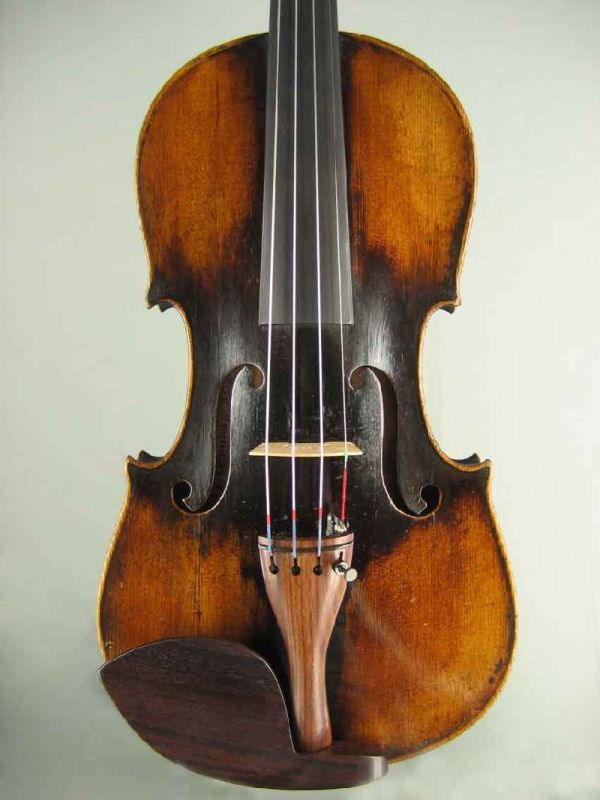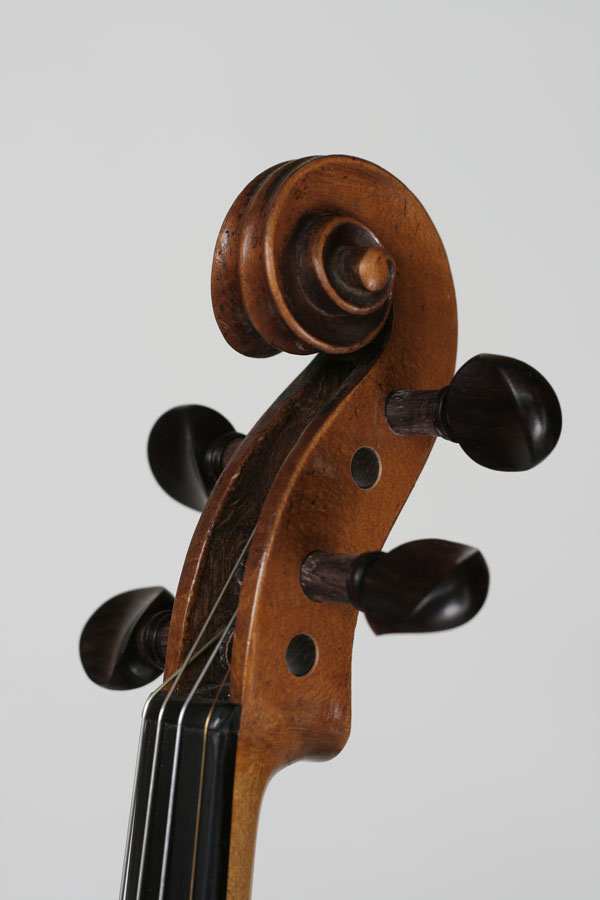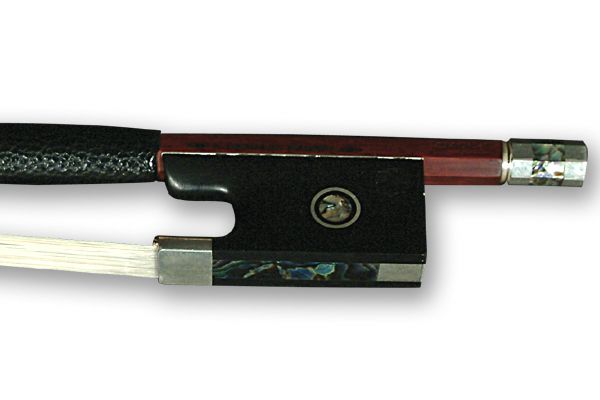History and construction of the violinThe violin has developed into a very important instrument throughout the history of music. The name of the stringed instrument was influenced by currents from different countries. In the 16th century, names such as "vyollon" from French or "violino" from Italian first appeared. This evolved into the German term violin. The terms violin and violin are used in parallel nowadays. However, in the past, a violin was also understood to mean instruments such as the viola or cello. From various instruments gradually developed precursors to the violin known today. Among these is the fiddle. While today's violins have four strings, the violin had three strings. During the 16th century, the violin gradually evolved into the instrument we know today. A great influence on the construction of the violin had famous violin makers, especially from Italy, such as Antonio Stradivari. German violin makers also influenced the construction method to a great extent. Important names include Fichtl and Klotz. The refined construction methods of Stradivari, which some luthiers took as a model, led to the construction of increasingly uniform violins. This led to the violins' sound becoming louder, allowing them to be used in orchestras. Method of construction Nowadays, the soundbox consists of a back, top and rib. In this case, the top is made of spruce wood. Maple wood is predominantly used for the back, as well as the ribs. The ribs connect the curved components of the top and back. The body is between 35 and 36cm long overall. Another important component is the fingerboard, which is attached to the neck and body of the violin. It is usually made of ebony. This is followed by the saddle with the pegbox, where the strings are attached. Finally, the violin is finished by the scroll. The end button at the other end of the violin stretches the strings across the bridge. Furthermore, there are still some components inside the violin that make the violin stable or beautify the sound of the violin.. For a better hold of the violin, chin rests or shoulder rests are often attached to it. The individual components of the violin are held together by glue made from animal bone or skin. At high temperatures, the glue dissolves and the violin can be easily disassembled. In the process, the violin is not damaged and you can repair it well. Brazilwood or carbon fiber is often used for the violin's bow. More rarely, the bow is made of pernambuco wood. The bow hair, which is stretched between the tip of the bow and the frog, comes from the tails of selected breeds of horses. The frog, which is found at the bottom of the bow, is usually decorated with mother-of-pearl elements. |
Copyright © 2006-2025 Meistervioline.com - Online store for string instruments & accessories Trusted Shops certified since 2017Shopsystem: Zen Cart







